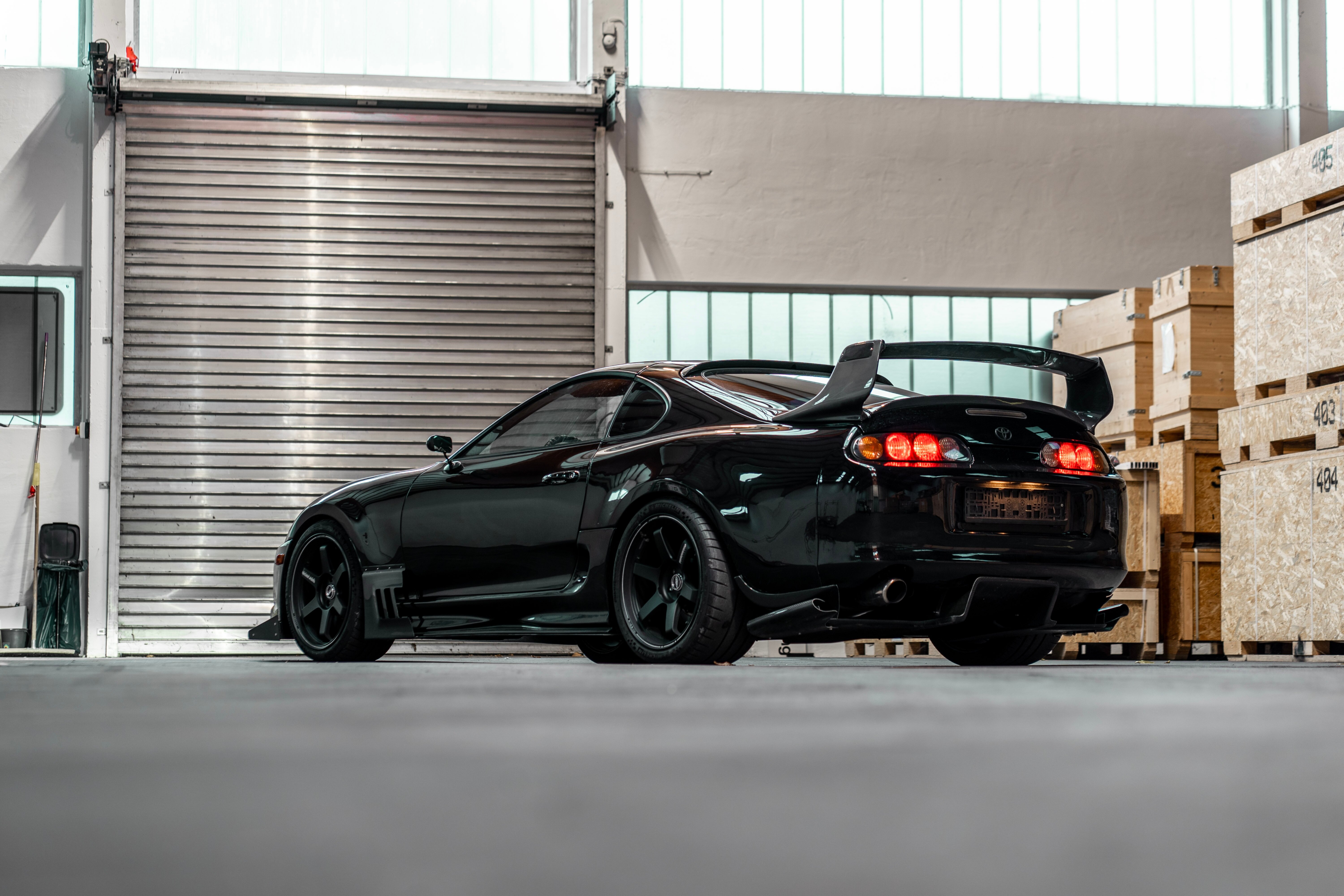Showdown in the Desert: Lucid vs NSX - An Unconventional Drag Race Between Electric Luxury and Classic Supercar

Showdown in the Desert: Lucid vs NSX - An Unconventional Drag Race Between Electric Luxury and Classic Supercar - The Legend Reborn - A Closer Look at the NSX's Performance Pedigree
The original Acura NSX made waves when it debuted in 1990 as the first ever mass-produced car with an all-aluminum body. It also popularized the mid-engine sports car layout that’s become synonymous with exotic supercars. The NSX achieved a remarkable balance of track-ready performance, daily drivability, and reliability. It essentially distilled the spirit of Ferraris and Lamborghinis into an attainable package.
After a decade-long hiatus, Acura revived the NSX in 2016 with the second generation model. This new NSX pushes the boundaries even further with a hybrid powertrain, sophisticated AWD system, and space-age materials throughout. Beneath the angular bodywork lies a bespoke platform made from aluminum, ultra high-strength steel, and carbon fiber. The NSX’s 3.5L twin-turbo V6 works in conjunction with three electric motors to produce a combined 573 horsepower.
What’s most impressive is how Acura translated these next-level components into a driving experience with immediacy and connection. Drivers rave about the NSX’s telepathic steering and balanced chassis. It provides pinpoint control and confidence-inspiring agility. The NSX remains comfortable enough for daily use thanks to adaptive magnetorheological dampers. Yet it transforms into a razor-sharp track weapon with the push of a button.
Showdown in the Desert: Lucid vs NSX - An Unconventional Drag Race Between Electric Luxury and Classic Supercar - Aesthetics of Speed - Comparing Design Philosophies
The Lucid Air and Acura NSX embody radically different design philosophies that each aim to enhance speed and performance. At first glance, the Lucid channels the clean minimalism now typical of luxury EVs. In contrast, the NSX flaunts its mechanics with huge intakes and vents. However, both share an underlying pursuit of aerodynamic efficiencies to conquer the forces of drag and downforce.
According to Peter Rawlinson, Lucid's CEO, "The Air was conceived from the ground up to be highly efficient, yet enormously powerful." The silhouette appears streamlined, but computational fluid dynamics shaped every detail. Air channels running through the bodywork aid cooling while also improving aero. The flush door handles and glass canopy optimize airflow. Lucid claims a drag coefficient of 0.21, on par with Tesla's benchmarks.
The NSX's exterior elements also play a functional role, but make no attempt hide. Massive side scoops feed air to the engine and brakes. Vertical vanes in the rear diffuser generate downforce while smoothing turbulent air. The large rear wing deploys at speed for increased stability. However, exterior designer Michelle Christensen took care "to not overwhelm the clean body side with exaggerated scoops and vents." Honing performance and preserving aesthetic harmony remained equally vital goals.
Both vehicles exemplify efficiency through simplicity of form. "We aimed for a slippery shape that cheats the wind," stated NSX production studio leader, John Watts. The NSX's smooth silhouette integrates complex aero devices for net gains. According to Lucid's executive director of design, Derek Jenkins, "We ́ve incorporated a host of subtle yet highly effective aerodynamic efficiencies into Air ́s design." Although diverging visually, the Air and NSX share a common pursuit of sculpting sleek shapes to effortlessly slice through the air.
More Posts from tunedbyai.io:
- →Top 7 Reputable Sources for Authentic Car Spoilers in 2024
- →Reinventing Retro: Imagining Classic Rides With Futuristic FlairThe article could explore creative modern redesigns of iconic vintage cars, giving classic models a fresh and innovative new look. The focus is on fun, visually striking concepts rather than technical details or commercial interests.
- →The IP address 108.181.53.94 is a public IP address. It's a static IP address assigned to Digital Ocean, a cloud computing and Infrastructure as a Service (IaaS) provider. The IP address is located in New York, United States, and belongs to the AS24940 DigitalOcean, LLC. autonomous system. The IP address is not associated with any known malicious activities. However, it's important to note that this information can change over time, and it's always recommended to perform thorough due diligence when researching IP addresses.
- →Uncovering the Secrets 7 Innovative Car Design Trends for 2024
- →Ergonomic Car Seat Design How It Impacts Driver Flexibility and Range of Motion
- → These Tires Have More Curves Than a Supercar